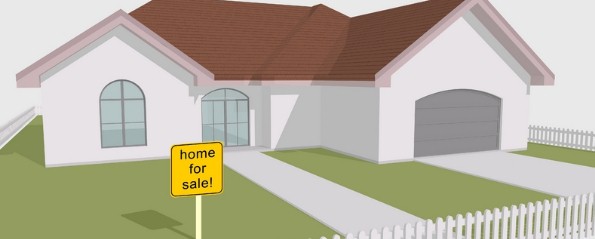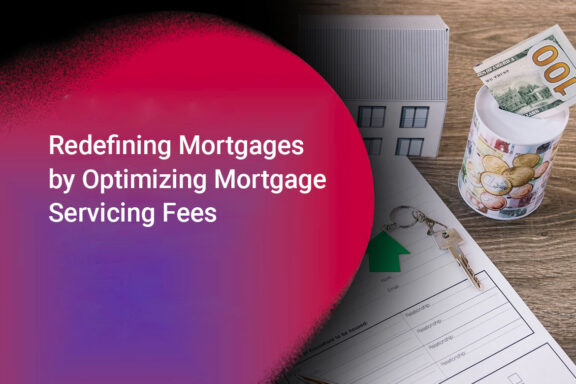All of the challenges in the housing market led the Obama administration to consider ways to ease the effect of the housing bubble burst for both homeowners and mortgage financiers. Included in the stimulus plan was the Home Affordable Refinance Program, also known as HARP. The goal of the program is to assist homeowners with refinancing their current mortgages.
Who’s Eligible?
Not every homeowner qualifies for the assistance under the program. A homeowner must be a credible payer, with on-time payments for the past 12 months.
Another critical requirement is that the home has a mortgage serviced by Fannie Mae or Freddie Mac. Many mortgages are already linked to Fannie Mae and Freddie Mac, but homeowners may not be aware of this since these agencies don’t work directly with the borrowers.
Additionally, the home has to be less than four units. Some borrowers who have a second mortgage with another servicing company may be eligible, if the second lender is willing to allow the primary lender to take the lead in the HARP process.
- Verify that your mortgage is eligible for the HARP program before initiating the process
Key Differences between Traditional Refinancing and HARP
Participating in the HARP program will still require the lender to review the applicant’s debt to income ratio, income, and other factors to determine credit worthiness. The HARP program, however, is typically processed with a shorter form than the original mortgage.
The lender takes into account how long the borrower will stay in the property, so the applicants must be prepared to certify that the home is not currently for sale. Closing fees tend to be lower when modifying with HARP since pricing adjustments are capped at 2 percent.
The downside of using HARP, however, is that the borrowers will not have as many bank options for refinancing, since some banks are not willing to except the reduced payment for working with a HARP loan.
Initial special requirements
Mortgage insurance might be required if the original loan mandated mortgage insurance. This is a typical requirement for a first mortgage, so investigate whether this applies.
- Since traditional mortgages will require insurance, it’s important to know beforehand since mortgage insurance can be very expensive for the homeowners.
HARP 2.0, 3.0?
Although HARP made great strides, it was expanded into version 2.0 to include more homeowners. Under HARP 2.0, there are additional requirements that homeowners must meet to participate.
The mortgage must have been acquired by Fannie Mae or Freddie Mac prior to May 31, 2009. The homeowner must see a benefit from the loan through lower monthly payments or a shift to a more stable product. The current loan to value ratio must be larger than 80%. In addition, the homeowner must not have any other HARP refinance on their loan.
Since many homeowners were excluded from original versions of HARP, the Obama refinance program proposed the expansion of the program for those mortgages financed outside of Fannie Mae and Freddie Mac. It is still required that the borrowers be paid current on the loan, but this improvement would help to increase competition amongst lenders.
The most recent update, from the end of year 2012, would affect millions of borrowers to opportunity to save money.
- Even if HARP 3.0 doesn’t take this exact form, there is recognition about the numbers of people that have previously been unable to use HARP assistance.
HARP provides critical assistance to millions of Americans for mortgage refinancing. The program continues to grow and evolve.







No Comments